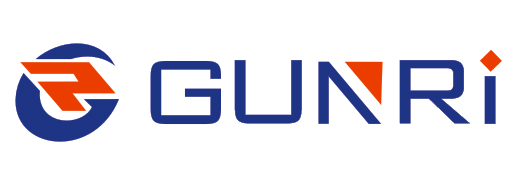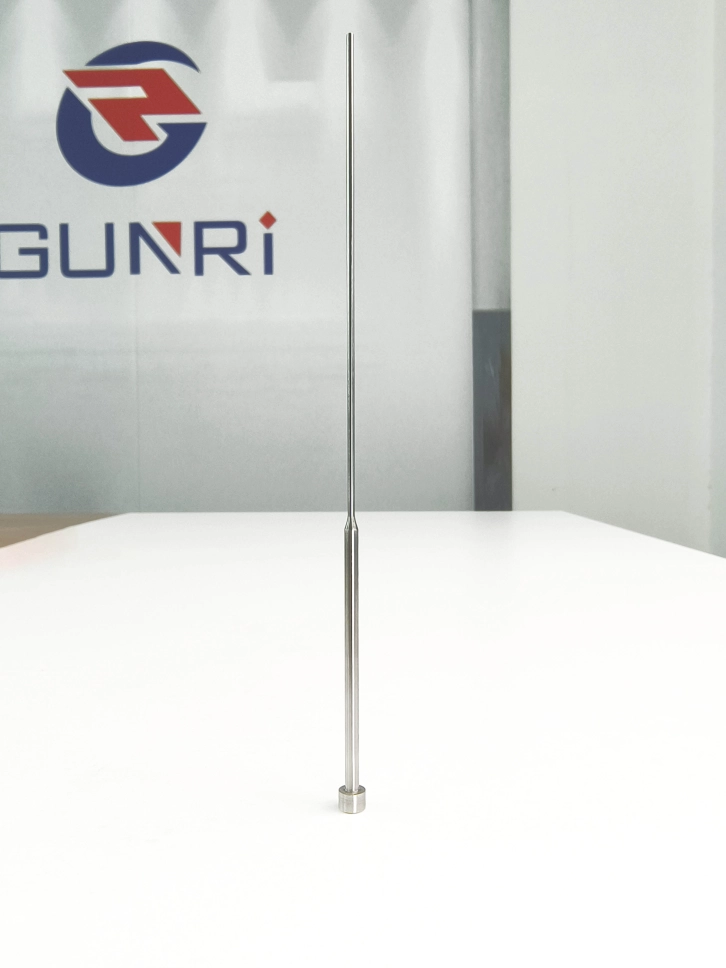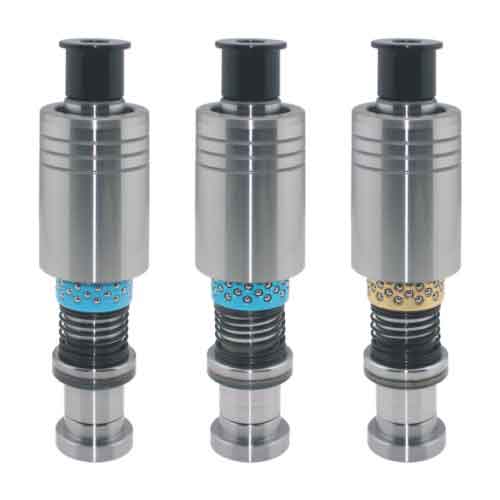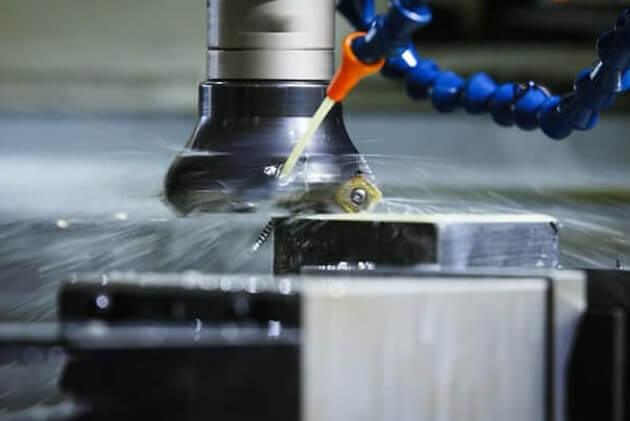Why Ejector Pins Break and How to Stop It for Good
Injection molding is all about precision, and ejector pins play a crucial yet often overlooked role. These slender, cylindrical parts are essential for smoothly removing cooled components from molds, allowing production cycles to run continuously. However, when ejector pins fail, it can bring production to a standstill, increasing downtime and repair costs significantly. Solving the problem of ejector pin breakage isn’t just an option; it’s a strategic necessity for maintaining efficient operations and protecting profit margins. Discover the root causes of ejector pin failure and actionable steps to prevent it for good.
What Are Ejector Pins and Why Do They Matter?
Ejector pins are precisely engineered rods that mechanically push out solidified parts from injection molds. Located within the mold’s ejector plate, they endure continuous thermomechanical stress during repeated production cycles. Their function may seem simple, but it’s of utmost importance. A single broken pin can misalign the entire system, resulting in defective products or even severe mold damage.
The consequences of ejector pin failure go beyond just immediate repairs. Unplanned production stops can disrupt the supply chain, and frequent replacements can eat into the operational budget. In industries with narrow profit margins, like automotive or consumer electronics, even minor inefficiencies can lead to substantial financial losses.
Common Reasons Why Ejector Pins Break
Misalignment
Even the slightest deviation in pin placement, down to the micron level, can cause uneven loading. Over time, this uneven stress distribution leads to microfractures, which can eventually develop into complete breaks. Using precision tooling and laser – guided alignment systems is essential to reduce this risk.
Excessive Force
Applying too much hydraulic force during ejection can strain the pins beyond their yield strength. This usually happens due to incorrect machine calibration or overly fast ejection speeds. Installing force sensors to monitor real – time pressure can help prevent such situations.
Material Fatigue
Even strong alloys are affected by cyclic degradation. Repeated thermal expansion and contraction weaken the crystalline structure of the material, leading to brittle fractures. For applications with a high number of cycles, materials like H13 tool steel, which is heat – treated for better fatigue resistance, are more suitable.
Improper Design or Sizing
Pins that are too small can buckle under load, and poor geometric tolerances can create areas of concentrated stress. Using finite element analysis (FEA) during the design stage can help identify stress points and determine the optimal pin diameter and taper angles.
Contamination or Residue
Accumulated particles, such as abraded mold coatings or polymer residues, act like abrasives. This speeds up wear, especially in areas with high friction. Implementing ultrasonic cleaning procedures and using inert gas purges can keep the operating environment clean.
How to Prevent Ejector Pin Breakage
Proper Alignment and Installation
Use coordinate – measuring machines (CMMs) to ensure that pin placement is within ±0.001 – inch tolerances. Angled pins need extra attention, as misalignment can cause galling or early wear.
Regular Maintenance and Inspection
Follow a staged inspection plan: conduct daily visual checks for surface scratches, monthly micrometer measurements to check dimensions, and bi – annual hardness tests to detect any softening of the material.
Using High – Quality Materials
Choose vacuum – arc – remelted (VAR) steels, which have fewer impurities and a longer fatigue life. For high – temperature applications, consider ceramic – coated pins to reduce adhesive wear.
Optimizing Ejection Force
Programmable logic controllers (PLCs) can adjust ejection pressure dynamically based on part geometry or material shrinkage. Start with a force 10 – 15% below the maximum threshold and adjust as needed.
Lubrication and Cleaning
Graphite – based lubricants work well in high – heat environments, reducing friction without attracting contaminants. Combine this with automated blow – off systems to remove debris after each cycle.
Advanced Tips for Long – Term Solutions
Upgrading to Coated or Custom Pins
Physical vapor deposition (PVD) coatings, such as titanium nitride (TiN), can increase surface hardness and reduce wear. For complex molds, custom – made pins with stepped diameters or a combination of materials can solve local stress problems.
Predictive Maintenance with IoT
Piezoelectric sensors embedded in the pins can detect abnormal vibrations that may indicate impending failure. When combined with machine learning algorithms, this data can be used for condition – based maintenance, replacing pins before they break.
Collaborative Design Optimization
Involve mold engineers early in the product design process. Adjusting draft angles or wall thicknesses can reduce ejection resistance, reducing the need for excessive force.
Conclusion
The integrity of ejector pins is crucial for efficient injection molding. From precise alignment to advanced material selection, every factor needs to be carefully considered. By implementing proactive maintenance, using advanced materials, and integrating smart technologies, manufacturers can eliminate downtime caused by ejector pin breakage. Take proactive steps today to stop ejector pin breakage and save on costly repairs.





